Red Lion Wharf and Ceylon Wharf were two historic riverside wharves located on the north bank of the River Thames in London’s City of London and Tower Hamlets areas. Both played roles in the bustling port activity that once made the Thames the heart of Britain’s maritime trade.
Red Lion Wharf
-
Location: Situated along the Thames near Wapping or Shad Thames (exact locations can vary historically, but often linked to the eastern part of the City or the Tower Hamlets riverfront).
-
Function: Primarily used for unloading and storing goods arriving by ship. The wharf handled a variety of cargo, including imports from overseas.
-
History: Like many Thames wharves, Red Lion Wharf would have been active throughout the 18th and 19th centuries, supporting London’s position as a global trading hub. Over time, river freight declined with the rise of container ports further downstream.
-
Current status: The original wharf buildings and quays have largely been redeveloped into residential or commercial properties, often with luxury riverside apartments.
Ceylon Wharf
-
Location: Also along the Thames, near the eastern City or Tower Hamlets districts.
-
Name origin: The name “Ceylon” reflects historic trade links with Sri Lanka (then called Ceylon), indicating the wharf’s role in receiving tea, spices, and other goods from the colony.
-
Use: Functioned similarly as a cargo handling and storage point, part of the vast network of docks and wharves supporting London’s import-export business.
-
Decline and redevelopment: Like Red Lion Wharf, Ceylon Wharf saw a decline in shipping use by the mid-20th century, with the wharf area eventually repurposed for modern urban developments.
Broader Context
During the 18th and 19th centuries, the Thames was lined with dozens of wharves like Red Lion and Ceylon, forming a complex logistical system that made London the world’s busiest port. These wharves were often specialized according to the goods they handled, reflecting Britain’s far-flung empire and trading interests.
Today, most of the old wharves have disappeared or been repurposed as part of London’s riverside regeneration, but their names and histories remain an important part of the city’s maritime heritage.

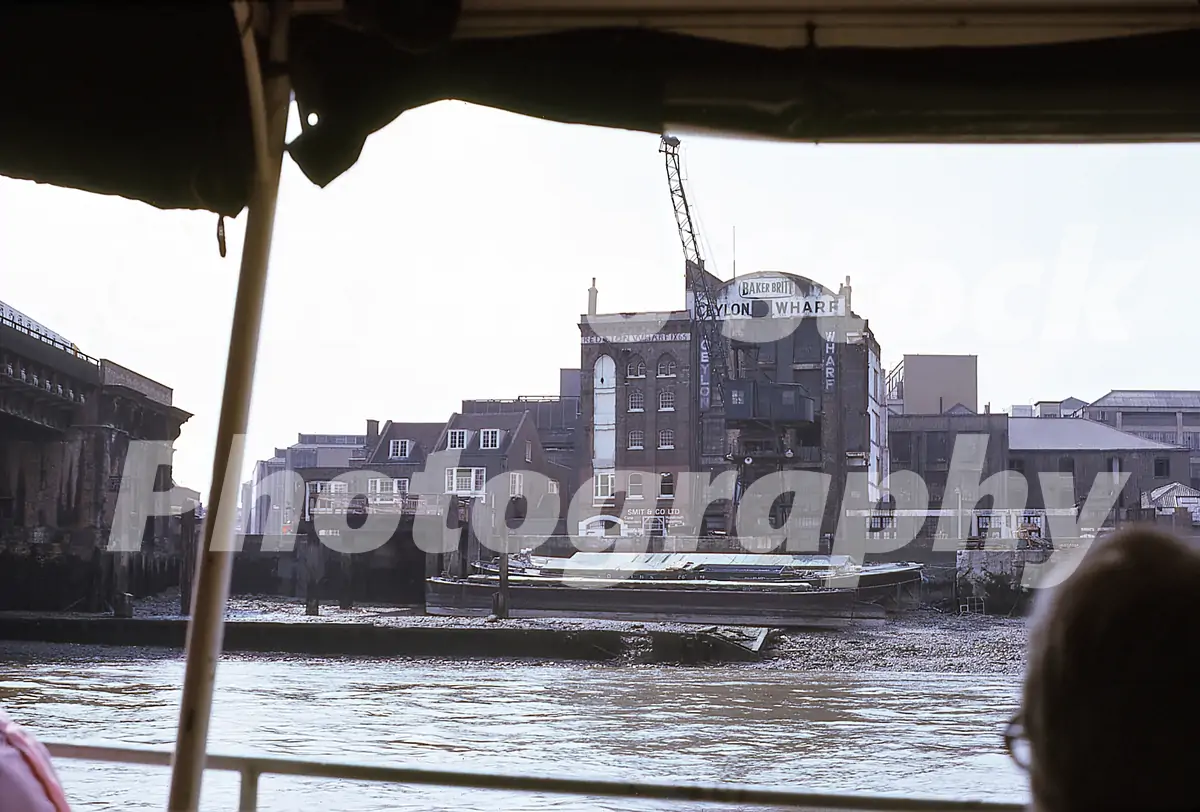
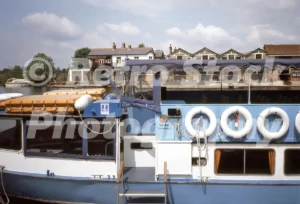
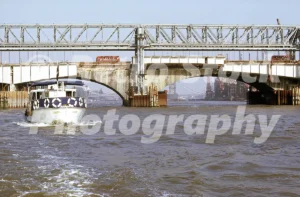
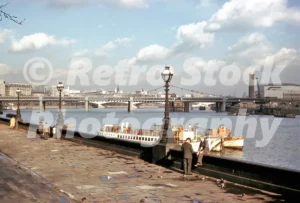
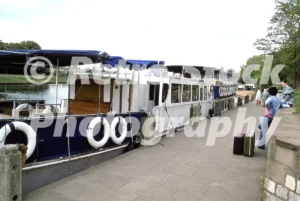
Reviews
There are no reviews yet.